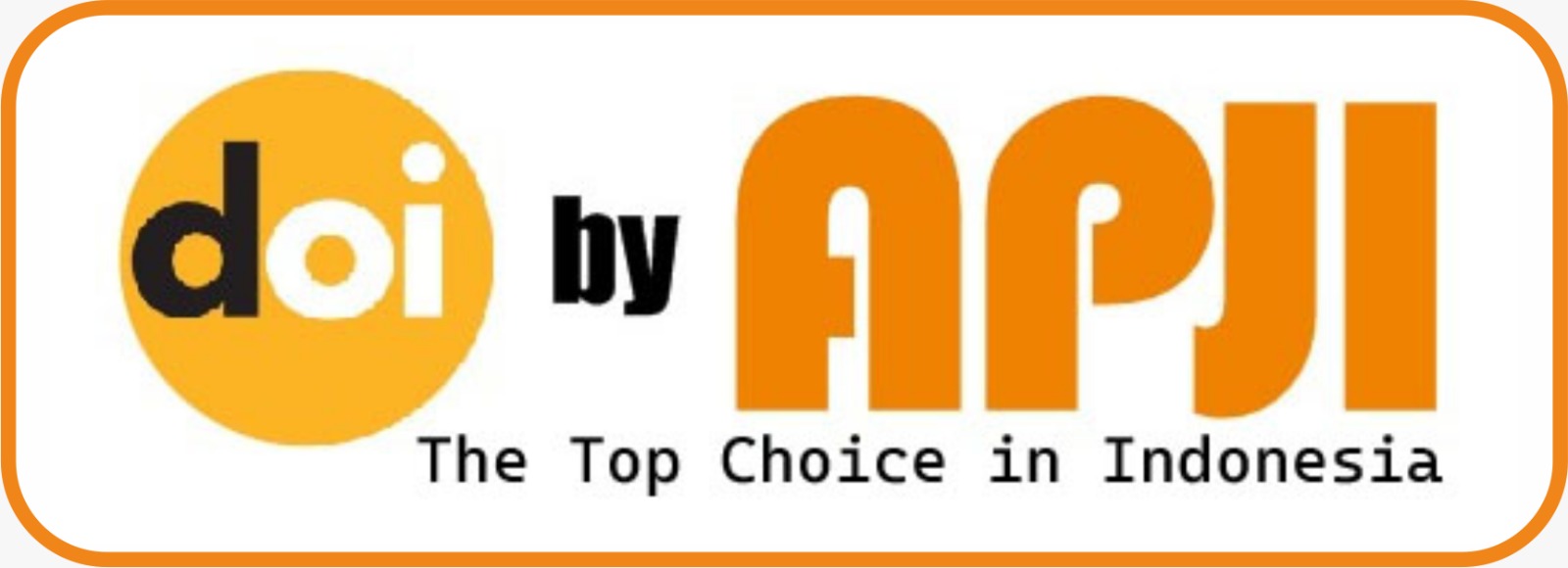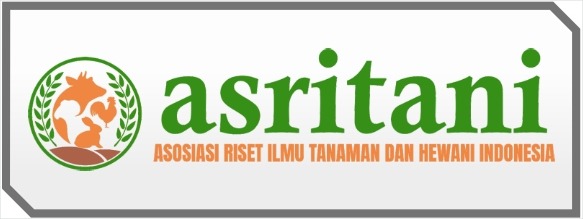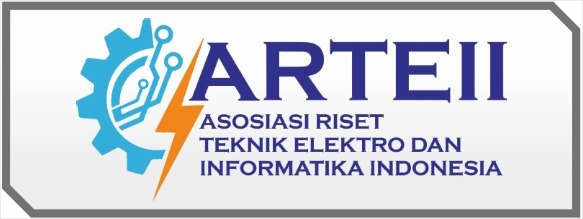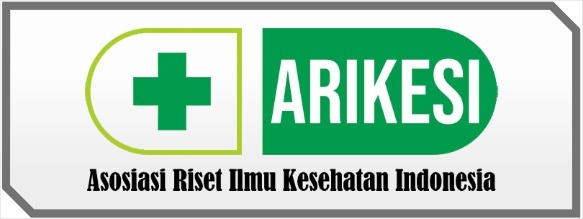Land Use and Land Cover Change Analysis in Choke Mountain, Ethiopia (2013-2023)
DOI:
https://doi.org/10.69930/ajer.v2i2.343Keywords:
Land conversion, remote sensing, choke mountain, agricultural encroachment, sustainable land managementAbstract
In this study, spatial and temporal trends of Land Use and Land Cover Change (LULCC) in Choke Mountain, Ethiopia, between 2013 and 2023 were explored employing a mixed-methods approach. Satellite imagery (Landsat 8 OLI/TIRS) was analyzed through supervised classification and post-classification change detection techniques, supported by field observations, key informant interviews, and focus group discussions. The results reveal extreme changes: agricultural land raised by 4.5% (1,207.95 ha), predominantly at the expense of grasslands (−11.9%) and shrublands (−34.8%). Forest cover unexpectedly raised by 28.6% (1,156.26 ha) due to Eucalyptus plantations, while natural forest decline persists. Settlement areas raised by 133%, which reflects heavy urbanization. Slope analysis revealed that 67.4% of the area is composed of gentle slopes (<30%), and 32.6% is composed of steep slopes that are susceptible to erosion. The main drivers of these changes are population growth, agricultural expansion, fuelwood requirements, and unsustainable land-use policies. These changes have deep implications for ecosystem services, soil conservation, and climate resilience in this critical Upper Blue Nile Basin region. The study recommends that integrated land-use planning, forest conservation programs, and sustainable agriculture practices are required to balance ecological integrity with livelihood needs. These findings constitute the scientific basis on which policymakers can base policies to facilitate sustainable land management in the highland ecosystems of Ethiopia.
References
1. Lambin EF, Geist HJ, Lepers E. Dynamics of land-use and land-cover change in tropical regions. Annu Rev Environ Resour. 2003;28:205–41.
2. Turner BL, Lambin EF, Reenberg A. The emergence of land change science for global environmental change and sustainability. Proc Natl Acad Sci U S A. 2007;104(52):20666–71.
3. Foley JA, DeFries R, Asner GP, et al. Global consequences of land use. Science. 2005;309(5734):570–4.
4. Bewket W, Sterk G. Farmers' participation in soil and water conservation in the Chemoga watershed, Blue Nile basin, Ethiopia. Land Degrad Dev. 2002;13(3):189–200.
5. Gashaw T, Tulu T, Argaw M, Worqlul A. Land use/cover change and its socio-economic drivers in the upper Blue Nile Basin of Ethiopia. Environ Syst Res. 2017;6(1):1–12.
6. Jensen JR. Introductory Digital Image Processing: A Remote Sensing Perspective. 3rd ed. Pearson Prentice Hall; 2005.
7. Lillesand T, Kiefer RW, Chipman J. Remote Sensing and Image Interpretation. 7th ed. Wiley; 2015.
8. Hurni H, Tato K, Zeleke G. The implications of land use and land cover dynamics for sustainable land management in the Ethiopian highlands. In: Global Change and Sustainable Development. Bern: University of Bern; 2010.
9. Teferi E, Uhlenbrook S, Bewket W, Wenninger J, Simane B. The application of remote sensing to estimate the loss of wetlands in the Choke Mountain range, Ethiopia. Hydrol Earth Syst Sci. 2010;14(12):2415–28.
10. Alemayehu D, Tolessa T. Land use/cover change and their drivers in Ethiopia: A review. Environ Challenges. 2022;7:100515.
11. Debella-Gilo M, Etzelmüller B. Remote sensing and GIS-based land cover change detection in the Upper Gilgel Abbay catchment, NW Ethiopia. Int J Remote Sens. 2009;30(11):2977–92.
12. Muluneh A, Bewket W, Keesstra S. Farmers’ perceptions of land degradation and their investments in land management in the Central Rift Valley of Ethiopia. Environ Manag. 2016;57(4):908–22.
13. Kassie M, Pender J, Yesuf M, Kohlin G, Bluffstone R, Mulugeta E. Estimating returns to soil conservation adoption in the northern Ethiopian highlands. Agric Econ. 2008;38(2):213–32.
14. Seto KC, Güneralp B, Hutyra LR. Global forecasts of urban expansion to 2030 and direct impacts on biodiversity and carbon pools. Proc Natl Acad Sci U S A. 2012;109(40):16083–8.
15. Laurance WF, Ferreira LV, Rankin-de Merona J, Laurance SG. Ecosystem decay of Amazonian forest fragments: A 22-year investigation. Conserv Biol. 2002;16(3):605–18.
16. Lu D, Weng Q. A survey of image classification methods and techniques for improving classification performance. Int J Remote Sens. 2007;28(5):823–70.
17. Böhlen M, Liu J, Iryadi R. Who speaks for the forest? Local knowledge, participatory mapping and collaborative evaluation for GIS analysis in the tropics of central Bali, Indonesia. Int Arch Photogramm Remote Sens Spatial Inf Sci. 2022;48:73–80.
18. Nyssen J, Poesen J, Deckers J, Haile M, Moeyersons J. Human impact on the environment in the Ethiopian and Eritrean highlands—a state of the art. Earth Sci Rev. 2004;64(3–4):273–320.
19. Zeleke G, Hurni H. Implications of land use and land cover dynamics for mountain resource degradation in the Northwestern Ethiopian highlands. Mt Res Dev. 2001;21(2):184–91.
20. Gebreselassie S, Kirui OK, Mirzabaev A. Economic valuation of land degradation in Ethiopia. In: Nkonya E, Mirzabaev A, von Braun J, editors. Economics of Land Degradation and Improvement. Springer; 2016. p. 401–30.
21. Food and Agriculture Organization (FAO). Status of the World’s Soil Resources. Rome: FAO; 2015.
22. Haileslassie A, Priess JA, Veldkamp E, Lesschen JP, Teketay D. Assessment of soil nutrient depletion and spatial distribution thereof on smallholders’ mixed farming systems in Ethiopia using partial versus full nutrient balances. Agric Ecosyst Environ. 2005;108(1):1–16.
23. Mekuria W, Aynekulu E. Exclosure land management for restoration of the soils in degraded communal grazing lands in northern Ethiopia. Land Degrad Dev. 2013;24(6):528–38.
24. Ministry of Agriculture and Natural Resources. Ethiopia’s Sustainable Land Management Program (SLMP II): Performance Review Report. Addis Ababa: MoANR; 2017.
25. World Bank. Land Governance Assessment Framework: Implementation Manual for Assessing Governance in the Land Sector. Washington, DC: World Bank; 2010.
26. Shiferaw A, Singh RK. Evaluating the land use and land cover dynamics in the Koga watershed, Ethiopia. Int J Environ Sci. 2011;2(1):54–69.
27. Gessesse B, Bewket W, Bräuning A. Modeling soil erosion in the Ethiopian highlands using GIS and remote sensing techniques. Catena. 2015;127:104–13.
28. Costanza R, de Groot R, Sutton P, et al. Changes in the global value of ecosystem services. Glob Environ Change. 2014;26:152–8.
29. Wunder S. Payments for environmental services: Some nuts and bolts. CIFOR Occas Pap. 2005;(42):1–24.
30. Desta L, Kassie M, Benin S, Pender J. Land degradation and strategies for sustainable land management in the Ethiopian highlands. IFPRI Working Paper. Washington, DC: IFPRI; 2000.
31. German L, Mansoor H, Alemu G, Mazengia W, Ayele S, Stroud A. Enabling equitable collective action and policy change for sustainable land management in Africa. Land Use Policy. 2008;25(1):23–34.
32. Verburg PH, Mertz O, Erb KH, Haberl H, Wu W. Land system change and food security: Towards multi-scale land system solutions. Curr Opin Environ Sustain. 2009;1(5):329–36.
33. Teferi M, Bewket W, Simane B, Zaitchik BF. Validation of the land use/land cover changes and impacts on ecosystem service values in the Choke Mountain watersheds. Environ Syst Res. 2015;4(1):1–15.
34. Lipper L, Thornton P, Campbell BM, et al. Climate-smart agriculture for food security. Nat Clim Chang. 2014;4(12):1068–74.
35. Scherr SJ, McNeely JA. Biodiversity conservation and agricultural sustainability: Towards a new paradigm of “ecoagriculture” landscapes. Philos Trans R Soc Lond B Biol Sci. 2008;363(1491):477–94.
36. Ostrom E. Governing the Commons: The Evolution of Institutions for Collective Action. Cambridge: Cambridge University Press; 1990.
37. Woldeamlak B, Simane B, Zaitchik BF, Teferi M. Ethiopia’s Choke Mountain: Sustaining natural resources in a changing climate. J Environ Plann Manag. 2016;59(2):238–56.
38. Geist HJ, Lambin EF. Proximate causes and underlying driving forces of tropical deforestation. BioScience. 2002;52(2):143–50.
39. Ramankutty N, Graumlich L, Achard F, Alves D, Chhabra A, DeFries RS, et al. Global land-cover change: Recent progress, remaining challenges. In: Lambin EF, Geist HJ, editors. Land-Use and Land-Cover Change: Local Processes and Global Impacts. Berlin: Springer; 2006. p. 9–39.
40. Reid RS, Fernandez-Gimenez M, Galvin KA. Global significance of extensive grazing lands and pastoral societies. In: Hassan R, Scholes R, Ash N, editors. Ecosystems and Human Well-being: Current State and Trends. Washington, DC: Island Press; 2005. p. 209–34.
41. Food and Agriculture Organization (FAO). The future of food and agriculture: Trends and challenges. Rome: FAO; 2017. Available from: http://www.fao.org/3/a-i6583e.pdf
42. Gashaw T, Tulu T, Argaw M, Worqlul AW. Evaluation and prediction of land use/land cover changes in the Andassa watershed, Blue Nile Basin, Ethiopia. Environ Syst Res. 2018;6(1):17. https://doi.org/10.1186/s40068-017-0084-7
43. Aramde F, Asfaw Z, Dagne T. Land use/land cover dynamics in the central highlands of Ethiopia: Case of the Choke Mountain watershed. J Agric Environ Int Dev. 2014;108(1):47–62. https://doi.org/10.12895/jaeid.20141.140
Downloads
Published
How to Cite
Issue
Section
License
Copyright (c) 2025 Assaye Mekonnen

This work is licensed under a Creative Commons Attribution-ShareAlike 4.0 International License.























